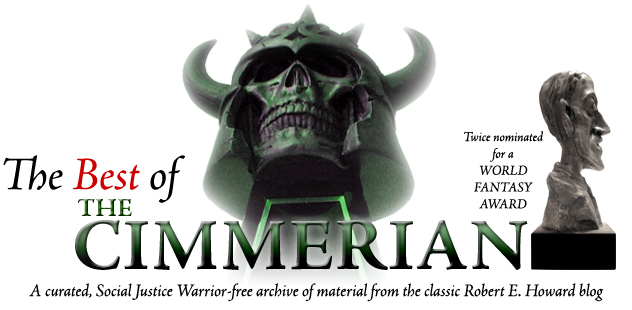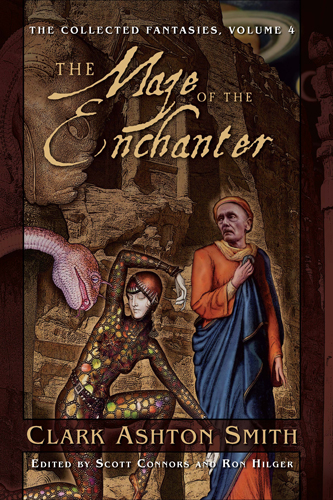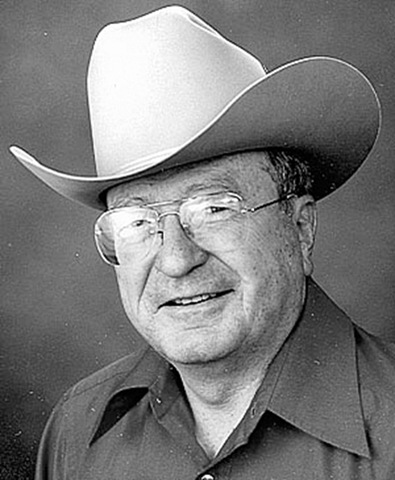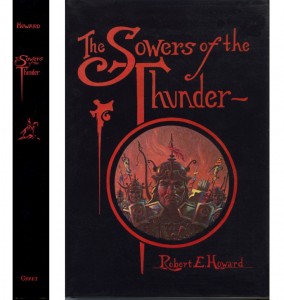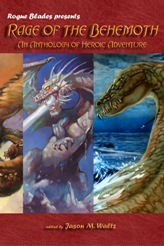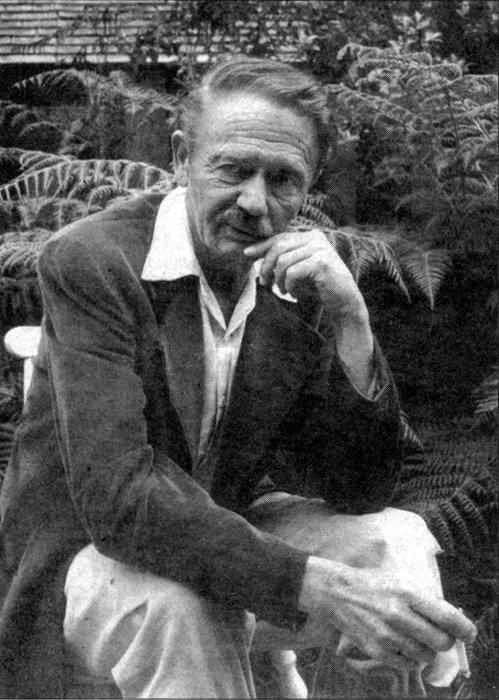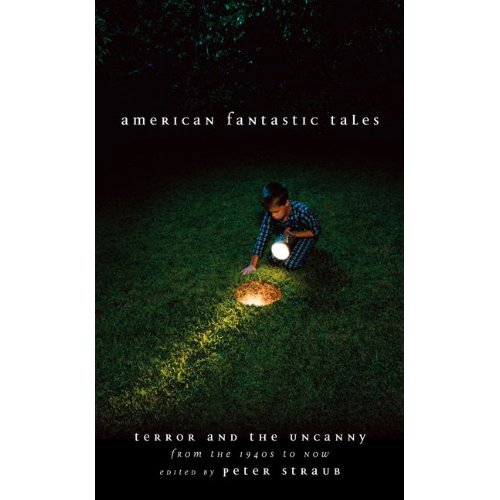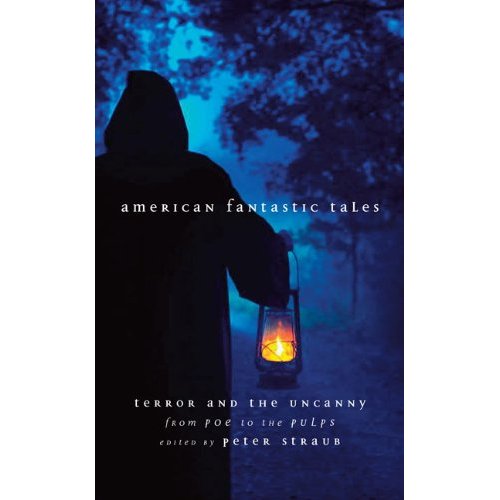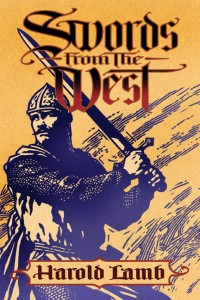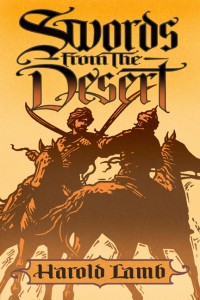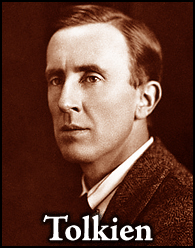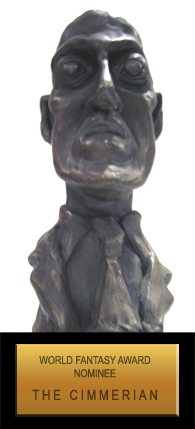Sailing With the Sea Kings of Mars: Brackett’s The Sword of Rhiannon
Wednesday, September 16, 2009
posted by Deuce Richardson
Erik Mona and Planet Stories pulled off a sweet commemoration of a diamond jubilee this last June with their reprinting of The Sword of Rhiannon. It was in the June 1949 issue of Thrilling Wonder Stories that Leigh Brackett’s, “The Sea Kings of Mars,” first appeared. With Brackett’s approval, that tale has been reprinted with the title of The Sword of Rhiannon ever since (or nearly so).
Beginning with the Ace Double that featured Conan the Conqueror on the flip-side, nearly all subsequent printings of Brackett’s novel sported The Sword of Rhiannon as the title. Simple (socio-) economics. As Leigh noted in her afterword to The Best of Leigh Brackett, post-war editors were getting more leery of publishing her type of ERB-influenced tales; tales where the Red Planet supported an ancient, humanoid population amidst which Earthmen found adventure. This was due to the (at the time) recent (and dream-shattering) advances in the sciences. Apparently, faster-than-light drives were more “real” than the possibility of life on Mars (though the opposite seems just as likely today). Renaming this story “The Sword of Rhiannon” allowed a better chance of an unwitting (and lucky) reader picking up the book and then getting pulled in by Brackett’s hard-boiled, Howardian prose. The fact that Leigh persisted in writing later tales like “The Secret of Sinharat” and “The People of the Talisman” is a testament to her authorial courage and passion for the Martian “sword-and-planet” sub-genre.
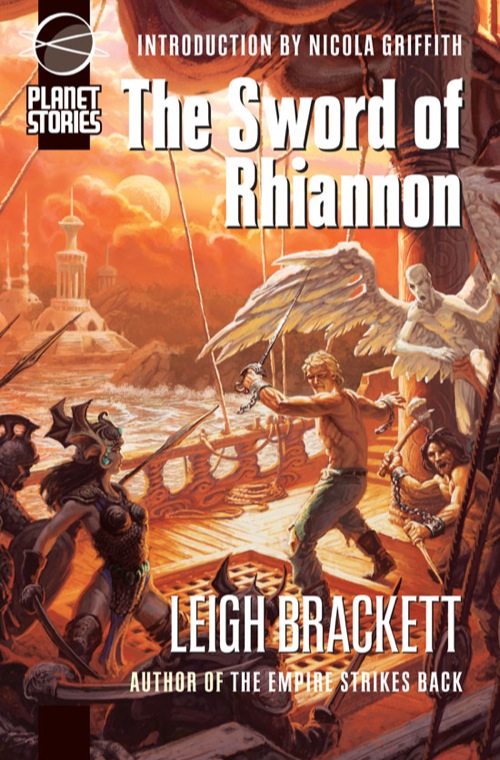
Paizo’s new reprinting of The Sword of Rhiannon is the best showcase for this novel thus far assayed, in my opinion. The cover by Daren Bader is well-wrought and action-packed. Nicola Griffith’s introduction, while quite thoughtful and appreciated by yours truly, could have been a bit better, perhaps. Then again, that leaves room for the tossing-in of my two coppers, doesn’t it? On with the tale…
